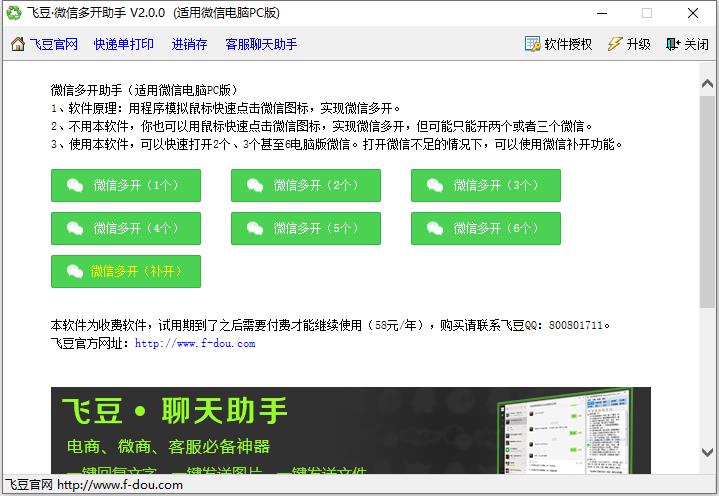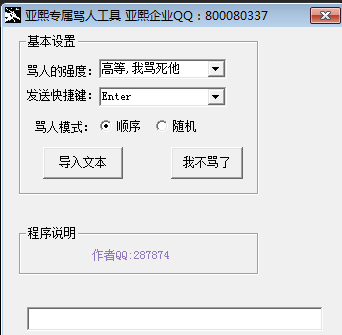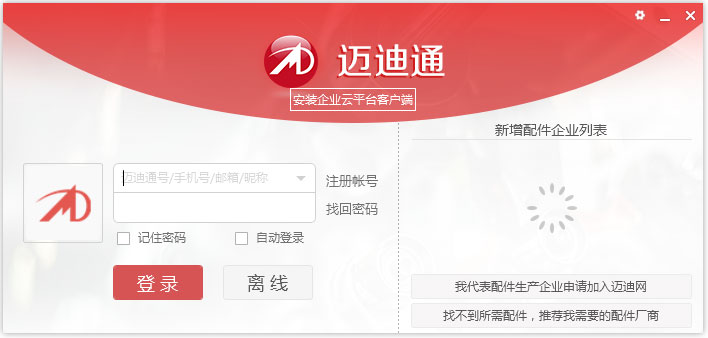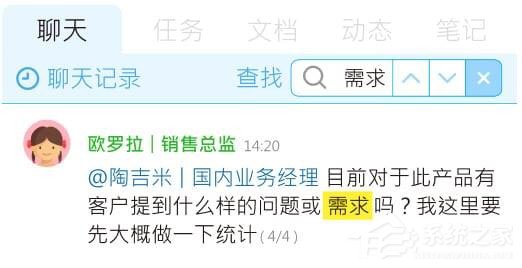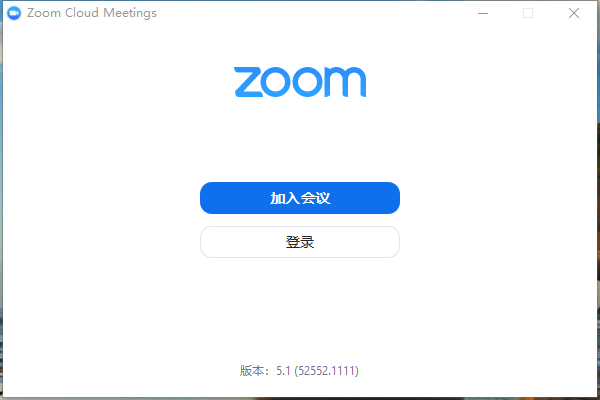Python中如何使用通配符匹配字符串
时间:2023-05-06 14:24
使用 使用 如果我们更愿意使用正则表达式,请向下滚动到下一个副标题。 示例中的模式以任意一个或多个字符开头,以 示例中的模式仅包含一个通配符,但您可以根据需要使用任意多个通配符。 请注意,星号 如果要匹配任何单个字符,请将星号 下面是使用问号匹配任何单个字符的示例。 该模式匹配以 ab 开头后跟任何单个字符的字符串。 如果要使用通配符检查字符串是否与模式匹配,请使用 该模式以 2023 开头,后跟任意一个或多个字符,并以 .txt 结尾。 或者,我们可以使用正则表达式。 使用通配符匹配字符串: 使用 这比直接使用 正则表达式以 2023_ 开头。 正则表达式中的 点 星号 我们使用反斜杠字符来转义点。 在扩展名中,因为正如我们之前看到的,点 我们使用列表理解来迭代字符串列表。 列表推导用于对每个元素执行某些操作或选择满足条件的元素子集。 在每次迭代中,我们使用 如果提供的正则表达式在字符串中匹配,则 如果字符串与正则表达式模式不匹配,则 新列表仅包含原始列表中与模式匹配的字符串。 如果只想匹配任何单个字符,请删除点后面的星号 点 通过使用点 如果大家在阅读或编写正则表达式时需要帮助,请参考我们的正则表达式教程。 该页面包含所有特殊字符的列表以及许多有用的示例。 如果想使用正则表达式检查字符串是否与模式匹配,我们可以直接使用 如果字符串与模式匹配,则 我们使用 如果要对单个字符使用通配符,请删除星号 示例中的字符串与模式不匹配,因此 以上就是Python中如何使用通配符匹配字符串的详细内容,更多请关注Gxl网其它相关文章!使用通配符匹配字符串:
fnmatch.filter() 方法从列表中获取匹配模式的字符串。fnmatch.fnmatch() 方法检查字符串是否与模式匹配。import fnmatcha_list = ['fql.txt', 'jiyik.txt', 'com.csv']pattern = '*.txt'filtered_list = fnmatch.filter(a_list, pattern)print(filtered_list) # ????️ ['fql.txt', 'jiyik.txt']

fnmatch.filter 方法接受一个可迭代对象和一个模式,并返回一个新列表,该列表仅包含与提供的模式匹配的可迭代对象元素。.txt 结尾。* 匹配所有内容(一个或多个字符)。* 替换为问号 ?。* 匹配所有内容(一个或多个字符)? 匹配任何单个字符[sequence] 匹配序列中的任意字符[!sequence] 匹配任何不按顺序的字符import fnmatcha_list = ['abc', 'abz', 'abxyz']pattern = 'ab?'filtered_list = fnmatch.filter(a_list, pattern)print(filtered_list) # ????️ ['abc', 'abz']
fnmatch.fnmatch() 方法。import fnmatcha_string = '2023_jiyik.txt'pattern = '2023*.txt'matches_pattern = fnmatch.fnmatch(a_string, pattern)print(matches_pattern) # ????️ Trueif matches_pattern: # ????️ this runs print('The string matches the pattern')else: print('The string does NOT match the pattern')fnmatch.fnmatch 方法接受一个字符串和一个模式作为参数。如果字符串与模式匹配,则该方法返回 True,否则返回 False。只需将星号 * 替换为问号 ? 如果您想匹配任何单个字符而不是任何一个或多个字符。使用正则表达式使用通配符匹配字符串
re.match() 方法检查字符串是否匹配给定的模式。使用 .* 字符代替通配符。import rea_list = ['2023_fql.txt', '2023_jiyik.txt', '2023_com.csv']regex = re.compile(r'2023_.*.txt')list_of_matches = [ item for item in a_list if re.match(regex, item)]print(list_of_matches) # ????️ ['2023_fql.txt', '2023_jiyik.txt']
re.compile 方法将正则表达式模式编译成一个对象,该对象可用于使用其 match() 或 search() 方法进行匹配。re.match 或 re.search 更有效,因为它保存并重用了正则表达式对象。.* 字符用作匹配任何一个或多个字符的通配符。. 匹配除换行符以外的任何字符。* 与前面的正则表达式(点 .)匹配零次或多次。. 在正则表达式中使用时具有特殊含义。换句话说,我们使用反斜杠来处理点。 作为文字字符。re.match() 方法检查当前字符串是否与模式匹配。import rea_list = ['2023_fql.txt', '2023_jiyik.txt', '2023_com.csv']regex = re.compile(r'2023_.*.txt')list_of_matches = [ item for item in a_list if re.match(regex, item)]print(list_of_matches) # ????️ ['2023_fql.txt', '2023_jiyik.txt']
re.match 方法返回一个匹配对象。match() 方法返回 None。*. 在正则表达式中。import rea_list = ['2023_a.txt', '2023_bcde.txt', '2023_z.txt']regex = re.compile(r'2023_..txt')list_of_matches = [ item for item in a_list if re.match(regex, item)]print(list_of_matches) # ????️ ['2023_a.txt', '2023_z.txt']
. 匹配除换行符以外的任何字符。. 在不转义的情况下,正则表达式匹配任何以 2023_ 开头,后跟任何单个字符并以 .txt 结尾的字符串。re.match() 方法。import rea_string = '2023_fql.txt'matches_pattern = bool(re.match(r'2023_.*.txt', a_string))print(matches_pattern) # ????️ Trueif matches_pattern: # ????️ this runs print('The string matches the pattern')else: print('The string does NOT match the pattern')re.match() 方法将返回一个匹配对象,如果不匹配,则返回 None 。bool() 类将结果转换为布尔值。* 。import rea_string = '2023_ABC.txt'matches_pattern = bool(re.match(r'2023_..txt', a_string))print(matches_pattern) # ????️ Falseif matches_pattern: print('The string matches the pattern')else: # ????️ this runs print('The string does NOT match the pattern')请注意 ,点 . 我们没有使用反斜杠作为前缀用于匹配任何单个字符,而点 . 我们以反斜杠 为前缀的被视为文字点。matches_pattern 变量存储一个 False 值。
